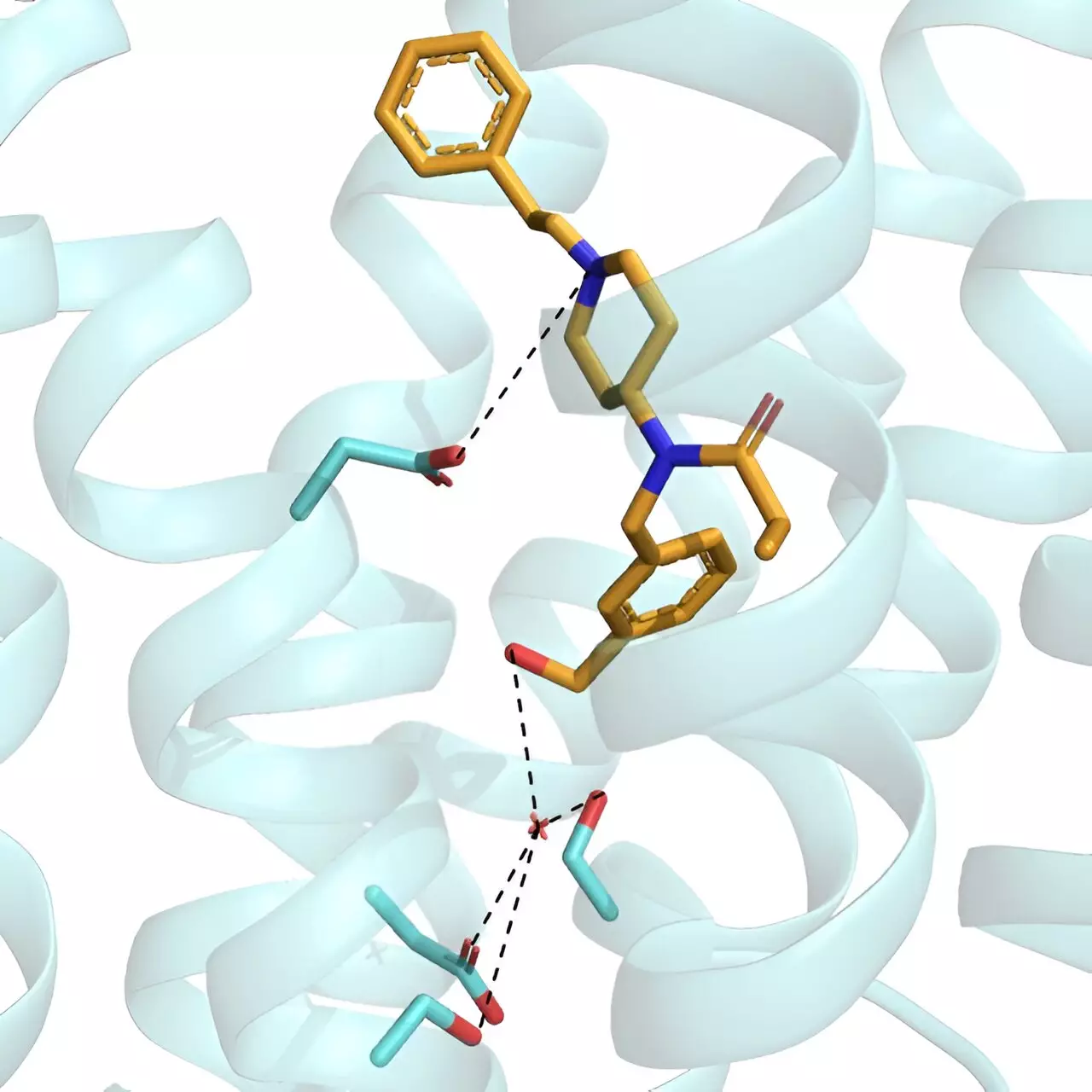Opioid medications have long been considered a boon for those struggling with chronic pain. They provide critical relief from conditions that can severely impact quality of life, allowing patients to regain some semblance of normalcy. However, the very properties that make these drugs effective at alleviating pain also contribute to a dangerous cycle of addiction, withdrawal symptoms, and overdose. This paradox places healthcare providers in a challenging position, as they grapple with the urgent need to manage pain while simultaneously averting the potential harms associated with opioid use. It’s an ongoing debate that highlights the need for innovation in pain management strategies—one that may have found significant advancement through recent research.
A Potential Solution: Research Breakthrough
In a recent study published in ACS Central Science, researchers uncovered a promising strategy to develop a safer opioid. Their focus was not on traditional methods that target the receptor’s active site—where classic opioids such as morphine bind—but rather on a unique approach that utilizes an unconventional binding location within the opioid receptor. This innovative perspective allowed researchers to investigate a novel experimental compound that promises effective pain relief with potentially fewer side effects. The substance in question produces its pain-suppressing effects in a manner that could avoid some of the deadly consequences associated with conventional opioids.
Understanding the Mechanics of Pain Relief
Opioid medications operate by activating specific receptors in the brain known to mitigate pain. The inherent risks arise due to the nature of these drugs, which can lead to physical dependence and a myriad of withdrawal symptoms—ranging from unpleasant physical experiences such as muscle pain and nausea to the truly harrowing realm of respiratory depression. This last effect, characterized by dangerously slow and shallow breathing, is often the tipping point leading to fatal overdoses. Thus, any research aimed at developing safer opioids must begin with an understanding of these complex mechanisms and their repercussions.
Breaking New Ground with RO76
The research team, led by Susruta Majumdar and others, set out to improve upon existing compounds, particularly C6 guano, which binds outside the active site of the opioid receptor and has demonstrated encouraging effects in prior studies. However, C6 guano’s inability to cross the blood-brain barrier limited its clinical application. The researchers synthesized and scrutinized multiple candidates, eventually identifying RO76, a derivative of fentanyl. What makes RO76 truly groundbreaking is its distinct mechanism of action—it triggers a cellular response that diverges from that elicited by traditional opioids like morphine.
In animal trials, RO76 proved capable of suppressing pain with a level of efficacy comparable to morphine, but with one remarkable difference: it did so while significantly sparing the animals from experiencing respiratory depression. This could imply that RO76 has the potential to mitigate one of the most alarming side effects associated with opioids, making it a leading candidate for development into a more robust, safer medication.
Minimal Withdrawal Symptoms and Oral Efficacy
Further tests revealed that mice subjected to RO76 exhibited fewer withdrawal symptoms when administered opioid antagonists, compared to those taking morphine. This insight suggests that RO76 could potentially lead to a reduced risk of dependency. Additionally, the compound demonstrated similar pain-relieving effects whether delivered orally or through subcutaneous injection—a significant advantage that hints at greater patient compliance and flexibility in treatment options.
The Path Ahead: A Glimmer of Hope in Pain Management
While this study presents an exciting breakthrough in the quest for safer opioids, translating these findings into genuine therapeutic options for humans remains a complex venture. Extensive further research and clinical trials will be needed to assess the long-term safety and effectiveness of RO76. Nonetheless, the prospect of a medication that preserves pain relief while mitigating the risks of addiction and overdose could represent a paradigm shift in pain management. For the many individuals grappling with debilitating pain, such innovative advancements offer a glimmer of hope in the struggle against both pain and the perils of opioid use.


Leave a Reply